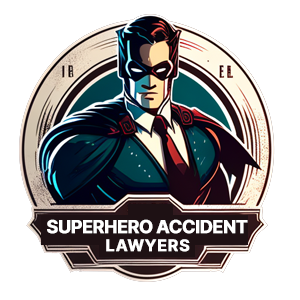When someone is injured in an auto or truck accident liability for medical and other costs must be established. Legal experts often make a distinction between the negligence of the driver who caused the crash, and negligence of the auto manufacturer because of defective safety devices. When safety devices fail to operate as designed this will create a crashworthiness claim for the injured party. Crashworthiness can become the cause of a liability lawsuit to recover damages even when an auto defect did not cause the initial accident.
Safety defects have been shown to cause injuries far greater than those the initial accident would have created. Every vehicle accident has two collisions. The first, for example, is a low speed impact that normally would have caused only minor injuries, yet because the seat belts didn’t latch properly, more serious injuries occurred. This is the second collision which causes the occupant to impact the dashboard, windshield, seatback, steering wheel, or suffer a full ejection from the auto. Courts and legal experts call these crashworthiness injuries. Crashworthiness injuries are directly caused by defective safety devices, which were designed to protect the occupant from injuries after the initial impact, but fail because of defective design, manufacture, or installation. A crashworthiness cause of action is based upon the legal principle that automobile manufacturers have a duty to reasonably protect occupants from enhanced injuries since it is foreseeable vehicles will be involved in accidents.
Common Crashworthiness Accidents
Crashworthiness features, which are designed to minimize occupant injuries, prevent ejection from the vehicle, and reduce the risk of fire, include:
- Seat belts
- Crumple zones
- Frontal airbags
- Side impact airbags
- Roof airbags
Burden of Proof
Crashworthiness claims are made under product liability law, and a successful case must first answer the question of whether the manufacturers produced a car designed to keep its occupants safe as reasonably as possible. In crashworthiness cases, the cause of the accident is not given much importance and instead emphasis is on the defect that either caused an injury or made an injury worse. To have a valid product liability case, the car should have been operated under what the manufacturers see as its foreseeable use. The courts have decided that a collision was foreseeable as long as it was not done on purpose by the claimant.
The difficulty of these cases is proving that the enhanced injuries or aggravated injuries were caused by the defective car. That it caused the injury or aggravated the injury, and would not have happened if not for the product defect.
Product Defect Attorney
In order for an injured person to recover financial damages based on a vehicles crashworthiness defect, a person would have to show that their injury resulted from a safety feature design deficiency. Consulting a legal expert who has access to auto design experts and safety consultants will help an injured person protect their rights to recover financial compensation for their injuries, and to explore all of their legal options.

Leave a Reply
You must be logged in to post a comment.